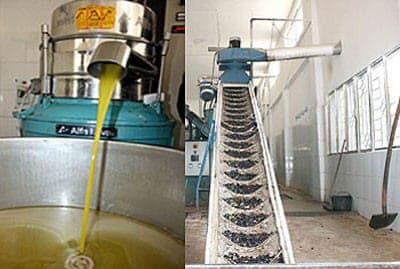The establishment of cooperatives, particularly the cooperatives of local products

The establishment of cooperatives, particularly the cooperatives of local products, has grown steadily after the entry into force of Law 112.12 on cooperatives in 2016. The number of cooperatives in 2016 was only 15,000. This number reached 19,000 in 2017, an average rate of 333 cooperatives each month as a result of facilitating the establishment of cooperatives. Product cooperatives are among the most sought-after cooperatives of youth and women. The Chefchaouen region is a role model not only in terms of employment or the number of cooperatives in the region.
These cooperatives contribute to the operation while at the same time valuing many of the local products such as honey, cactus, olive oil, medicinal herbs, etc. These cooperatives have shown a dynamic, especially the cooperatives that have been developed among women. Their presence has been imposed in many national markets and exhibitions. The main is the entry of these latter international exhibitions and marketing their products abroad.
One of the most important challenges is, firstly, at the level of establishment: if the procedure for establishing cooperatives has been simplified to the maximum extent, and the national and international environment provides significant potential in the field of finance, these cooperatives face the challenge of framing the feasibility studies of cooperative projects, , Most cooperatives face the challenge of marketing despite the emergence of a number of marketing institutions of cooperative products such as the marketing of solidarity, and cooperatives face the challenge of governance and governance due to the impossibility of meeting the needs of training by the Development Cooperation Bureau and the other parties involved in the In order to overcome these challenges, it is imperative to: Prepare regional programs for the operation and value of the local products: • To accompany the establishment of cooperatives at the level of completion of the feasibility study of the cooperative project and to accompany the cooperatives in the level of production and marketing. Regional programs through the involvement of all concerned bodies including research institutes and universities to study the advantages offered by the products of the region, and then accompany the cooperatives at the level of governance and governance through intensifying the composition of human resources for cooperatives, including the integration of cooperative networks in Queen has her human resources.
Prepared by the Partnership for Development and Gender.
